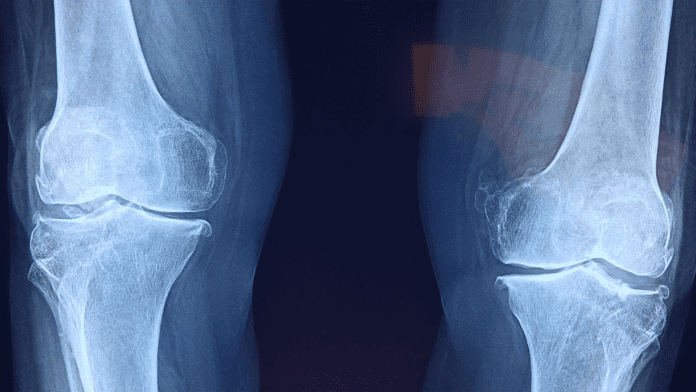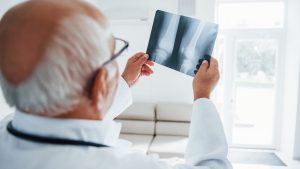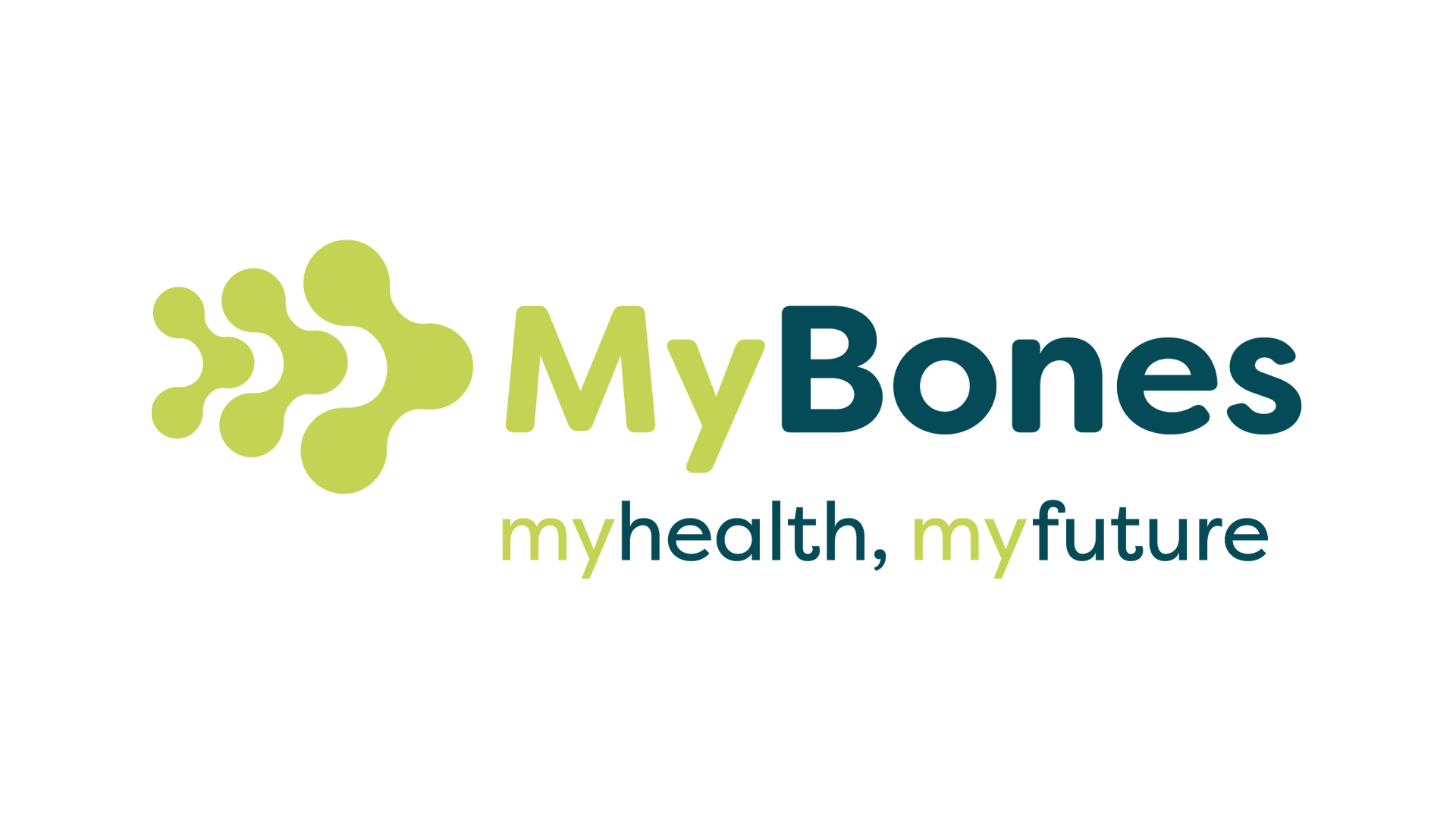
Edward James from MyBones explores the potential applications of Low-intensity Vibration (LiV) therapy in paediatric bone density care.
Bones get stronger the more you use them. This is partially due to the way mesenchymal stem cells (MSCs) in bone are influenced by mechanical signals. Without regular exercise and physical activity, MSCs lack the signals they need to produce bone and have strong bone density.
This poses a significant threat to children and young people whose conditions limit their movement, even if the conditions themselves do not directly impact the skeleton. Low-intensity Vibration (LiV) therapy offers a natural and safe way to increase children’s bone density which can support other treatment and rehabilitation plans.
How does Low-intensity Vibration therapy work for bone density?
MSCs in bone marrow are pluripotent. This means they have the potential to become one of three cells: bone, cartilage, or fat. Without regular mechanical stimulation, MSCs are more likely to form fat cells. The excessive fat build-up in the bone marrow reduces bone mineral density and leads to weaker bones.
In healthy, active children, exercise and other physical activity send MSCs the signals they need to produce bone. Children with conditions which limit their movement will send their MSCs fewer mechanical signals, making it more likely they will form fat cells.
LiV therapy increases the bone-building potential of cells by delivering a precise signal of 0.4g at 30Hz to the base of the feet. This gentle signal transmits up through the body and drives stem cells towards osteoblast production.1 This can be used to complement other exercises or as a surrogate to exercise.
Originally developed with NASA to protect astronauts’ bones in space, LiV therapy has been proven to prevent and combat osteoporosis and increase bone density in adults.1 Similar positive results have been seen in studies on children and young people.
Low-intensity Vibration therapy in paediatrics
Low bone density is a risk factor for children with Duchenne Muscular Dystrophy (DMD). The glucocorticoids used to treat inflammation have been shown to decrease bone density when used for extended periods. Muscle wastage also reduces muscle strength, further weakening the skeleton.
A recent 14-month study investigated the impact of LiV therapy on the skeleton of boys with DMD. The trabecular bone density rose by 4.1% and 4.5% in the proximal and distal tibia respectively.2 LiV therapy also maintained bone mineral density in the hip and reduced fat gained in the leg. These results highlight the potential LiV therapy has in protecting the skeleton against the impacts of the disease and the side effects of prolonged steroid use.
Steroid medication and radiotherapy used to treat cancer, alongside cancer itself, can leave cancer survivors with poor bone health. One study looking at childhood cancer survivors investigated the impacts of LiV therapy on children whose cancer was in remission and had bone mineral density scores of -1.0 or lower. They found LiV therapy was able to help protect bone tissue whilst crucially not promoting tumour growth.3
Similar positive results have been seen in studies looking at children with conditions including Crohn’s disease, cerebral palsy, and idiopathic scoliosis.4,5,6
Good vibrations
Not all vibration platforms vibrate at the same intensity. Many commercially available whole-body vibration platforms vibrate at a high intensity which exceeds forces of 1.0g. This intensity has side effects and contraindications, making it unsafe to use for more than a few seconds per day.7
Low-intensity vibration platforms vibrate at a precisely calibrated frequency of 0.4g at 30Hz. This level of intensity has no known contraindications or side effects and is safe to use for up to four hours per day under ISO vibration standards.7
Each LiV session only takes ten minutes per day and can be done at home. This means LiV therapy is well tolerated, and compliance is generally high. In the study of boys with DMD, no enrolled participants or parents reported any discomfort, inconvenience, or adverse effects from using a LiV device.8

Looking to the future
Low bone mineral density in childhood is strongly linked to osteoporosis in adulthood.9 Bone density typically only increases until the age of 30, after which it will start to slowly decline.
As we age, stem cell abundance and responsiveness decrease. This limits the adult skeleton’s ability to make up for bone not developed during childhood. Intervening with LiV therapy when stem cells are most responsive offers an effective way to maximise paediatric bone health and reduce long-term osteoporosis risk.
The Marodyne LiV device is certified as a class IIa medical device by the British Standards Institution (BSI) and is Europe’s only recognised certified Low-intensity Vibration device.
Find out more about Low-intensity Vibration therapy and the Marodyne LiV device at https://mybones.health/children_bone_health/.
References
- Pagnotti, Gabriel M et al. “Combating osteoporosis and obesity with exercise: leveraging cell mechanosensitivity.” Nature reviews. Endocrinology vol. 15,6 (2019): 339-355. doi:10.1038/s41574-019-0170-1
- Bianchi, M.L., Vai, S., Baranello, G., Broggi, F., Judex, S., Hangartner, T. and Rubin, C. (2022), Low-Intensity Vibration Protects the Weight-Bearing Skeleton and Suppresses Fracture Incidence in Boys With Duchenne Muscular Dystrophy: A Prospective, Randomized, Double-Blind, Placebo-Controlled Clinical Trial. JBMR Plus e10685. https://doi.org/10.1002/jbm4.10685
- Mogil RJ, Kaste SC, Ferry RJ, et al. Effect of Low-Magnitude, High-Frequency Mechanical Stimulation on BMD Among Young Childhood Cancer Survivors: A Randomized Clinical Trial. JAMA Oncol. 2016;2(7):908–914. doi:10.1001/jamaoncol.2015.6557
- Leonard, Mary B et al. “Effect of Low-Magnitude Mechanical Stimuli on Bone Density and Structure in Pediatric Crohn’s Disease: A Randomized Placebo-Controlled Trial.” Journal of bone and mineral research : the official journal of the American Society for Bone and Mineral Research vol. 31,6 (2016): 1177-88. doi:10.1002/jbmr.2799
- Wren, Tishya A. L. PhD, Lee, David C. PhD, Hara, Reiko MA, Rethlefsen, Susan A. PT, Kay, Robert M. MD, Dorey, Frederick J. PhD, Gilsanz, Vicente MD. Effect of High-frequency, Low-magnitude Vibration on Bone and Muscle in Children With Cerebral Palsy. Journal of Pediatric Orthopaedics: October/November 2010 – Volume 30 – Issue 7 – p 732-738 doi: 10.1097/BPO.0b013e3181efbabc
- Lam, T.P., Ng, B.K.W., Cheung, L.W.H. et al. Effect of whole body vibration (WBV) therapy on bone density and bone quality in osteopenic girls with adolescent idiopathic scoliosis: a randomized, controlled trial. Osteoporosis Int 24, 1623–1636 (2013). https://doi.org/10.1007/s00198-012-2144-1
- Muir, Jesse et al. “Safety and severity of accelerations delivered from whole body vibration exercise devices to standing adults.” Journal of science and medicine in sport vol. 16,6 (2013): 526-31. 10.1016/j.jsams.2013.01.004
- Bianchi, M.L., Vai, S., Baranello, G., Broggi, F., Judex, S., Hangartner, T. and Rubin, C. (2022), Low-Intensity Vibration Protects the Weight-Bearing Skeleton and Suppresses Fracture Incidence in Boys With Duchenne Muscular Dystrophy: A Prospective, Randomized, Double-Blind, Placebo-Controlled Clinical Trial. JBMR Plus e10685. https://doi.org/10.1002/jbm4.10685
- Jin, Hye Young, and Jun Ah Lee. “Low bone mineral density in children and adolescents with cancer.” Annals of pediatric endocrinology & metabolism vol. 25,3 (2020): 137-144. doi:10.6065/apem.2040060.030
This article is from issue 24 of Health Europa Quarterly. Click here to get your free subscription today.










